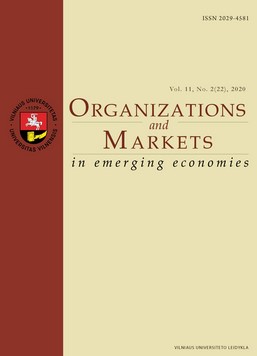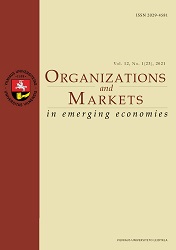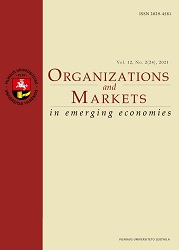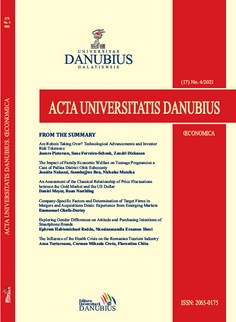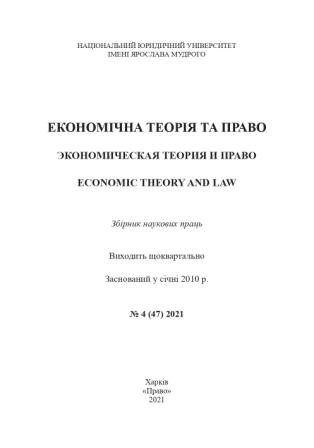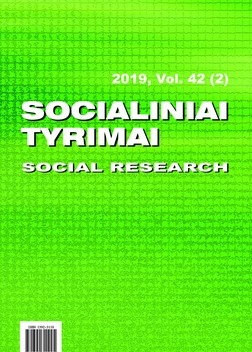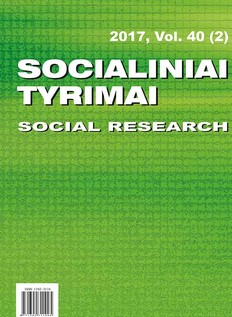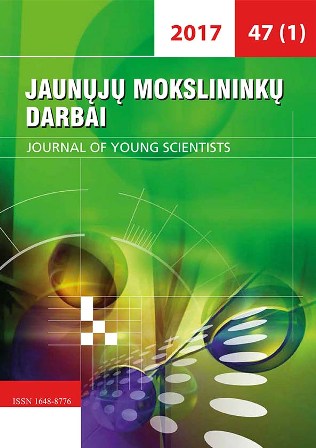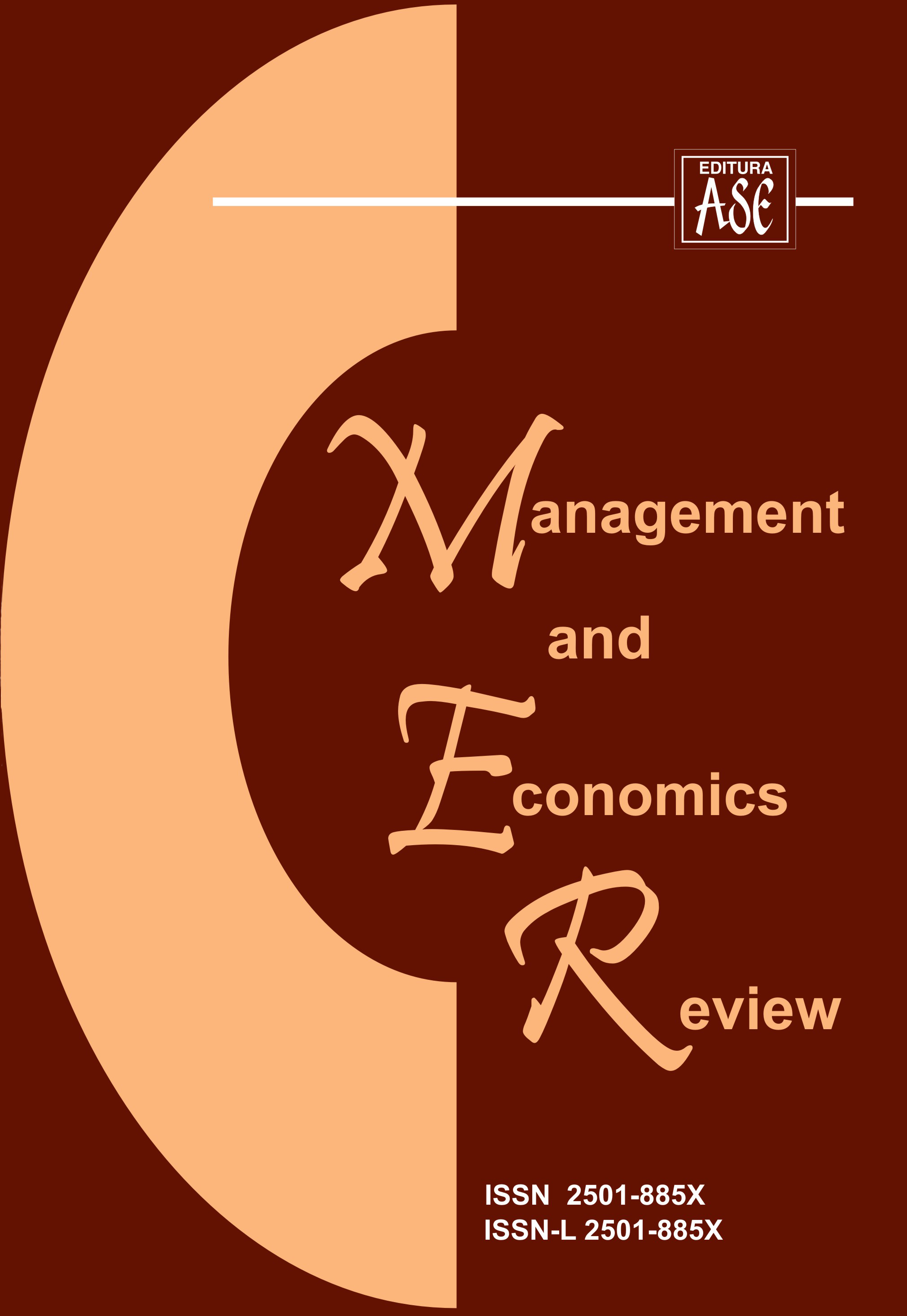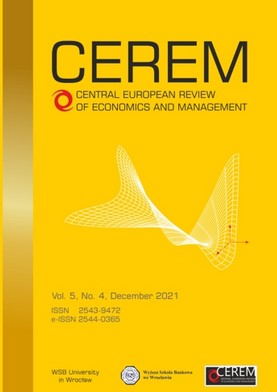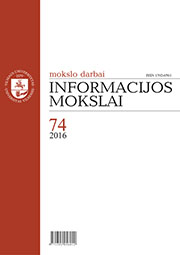
Vartotojų įsitraukimas į prekės ženklo bendruomenę
Today, the marketing researchers and professionals emphasize the importance of brand communities as co-creators of value for organizations. The brand communities of organizations represent the thorough view of the target customers and their preferences. Discussions among community members provide many insights into the product’s usability and its development. The aim of this article is to investigate the factors that influence the consumers to engage with the brand communities and the role of communication in the following processes. The Social Convergence Theory has been applied for analysis of the brand communities’ formation and development. Additionally, the results of the pilot qualitative research carried out with the members of the brand communities of the automobiles have been presented.The rise of the Internet and the social media facilitates interaction among the organizations and the consumers and their merger with the brand communities. The results of the qualitative research show that joining the brand community is a process where the first step is the informational needs, as consumers need more profound information related with their problems. As informants stated, the official sources contain general knowledge and do not provide answers to the very specific questions. The results show that the members of the communities can provide clarifications to all complicated situations intelligibly. Leaders and other active members perform the fundamental role in incorporating new members into the community, as they inspire beginners to join the community, which could be defined as a social space for people with similar lifestyles. Intensive communication is the main clause of an active brand community. It should be noted that creativity and interactivity of fans are interrelated as well. During their interaction, the members produce attractive content for the whole community on specific subjects with familiar actors in a well-liked atmosphere.
More...
